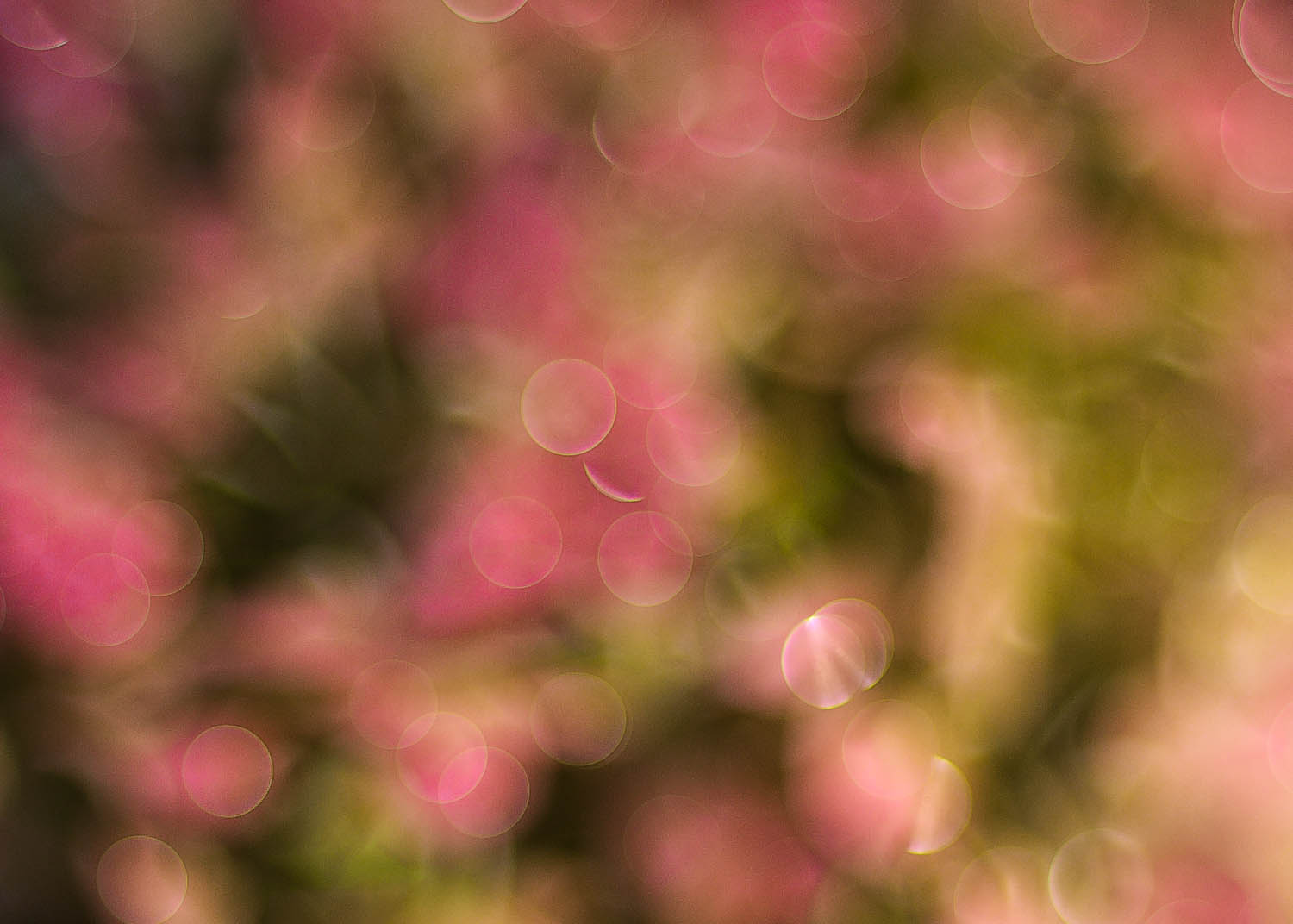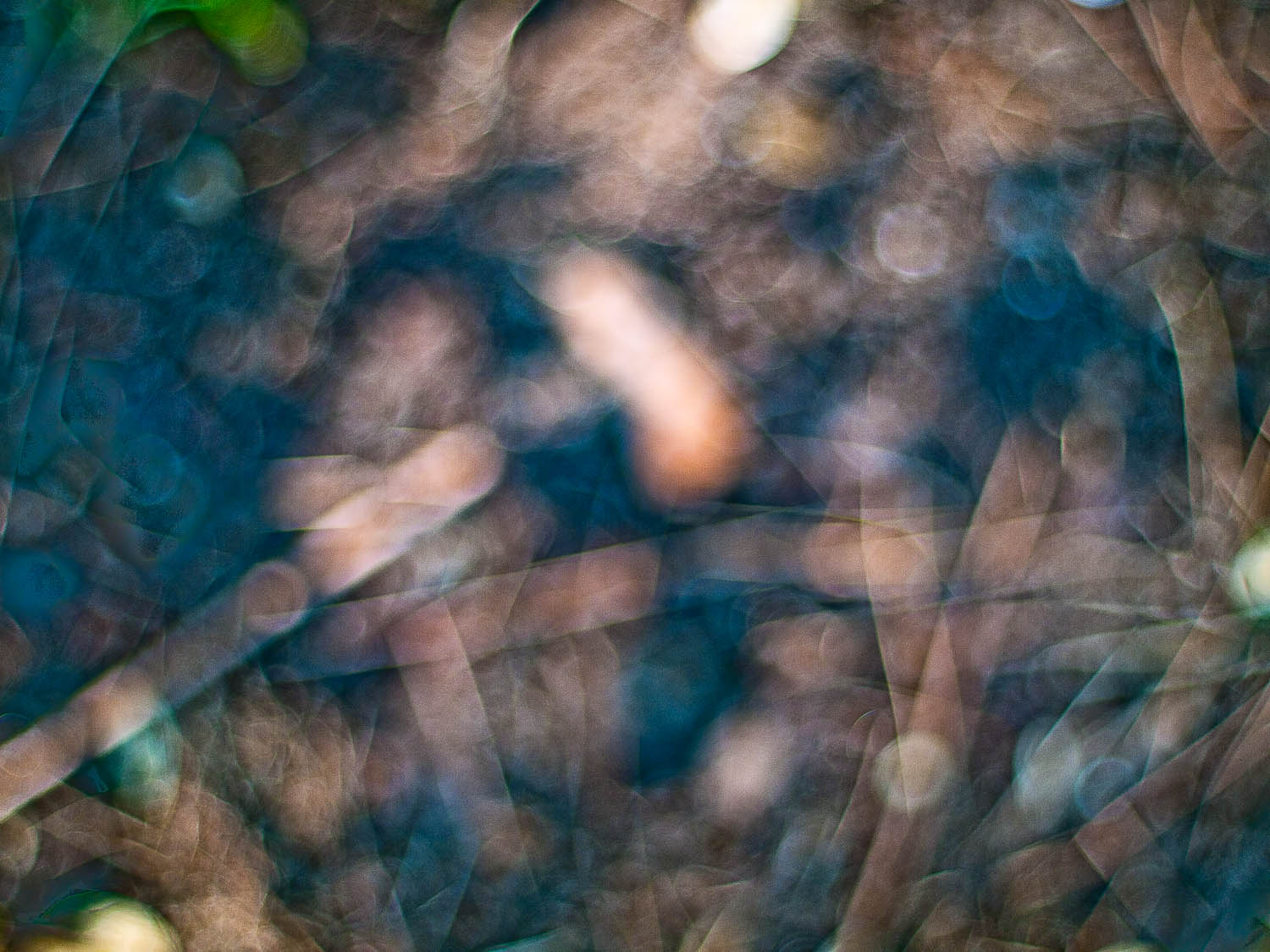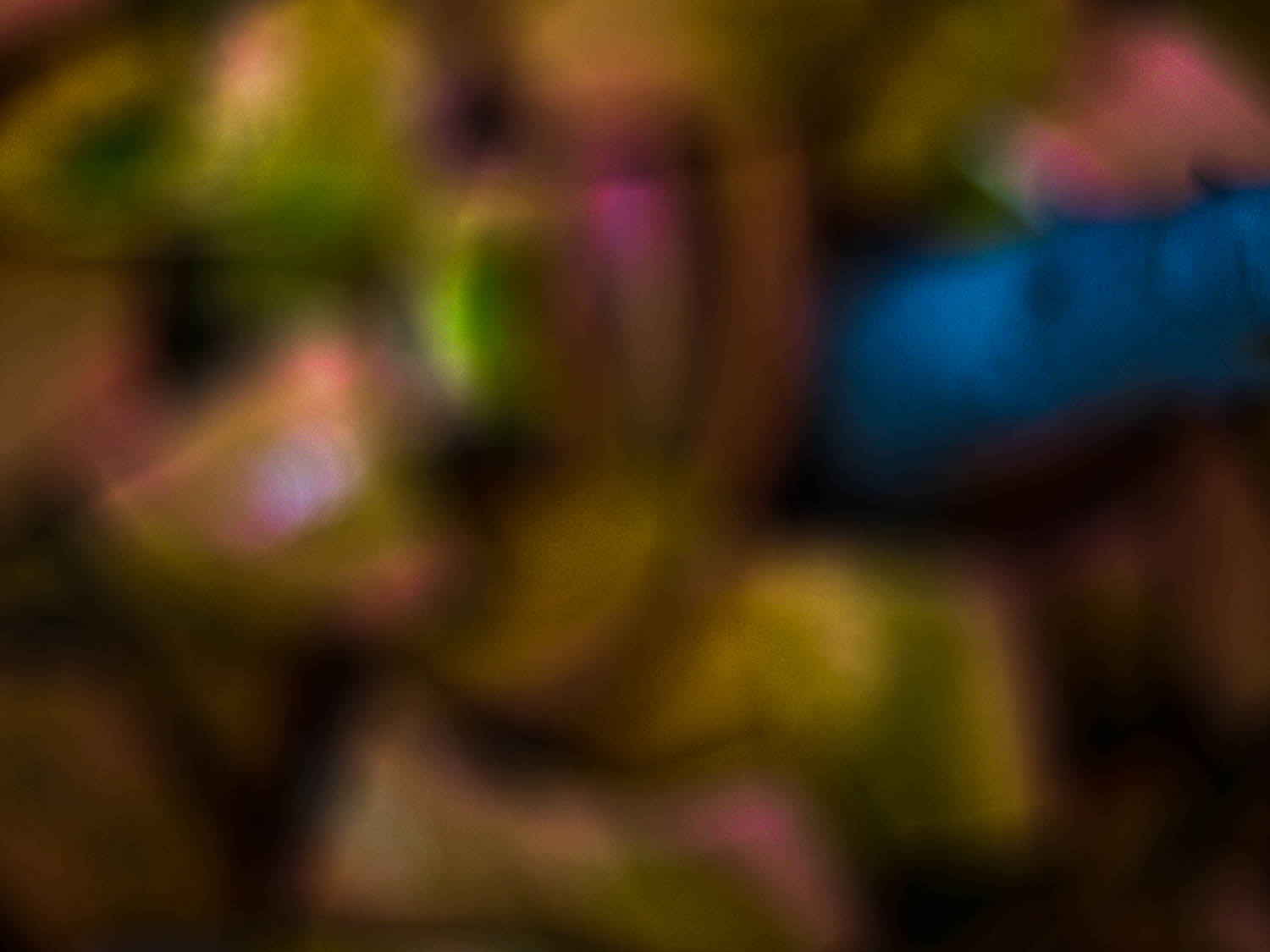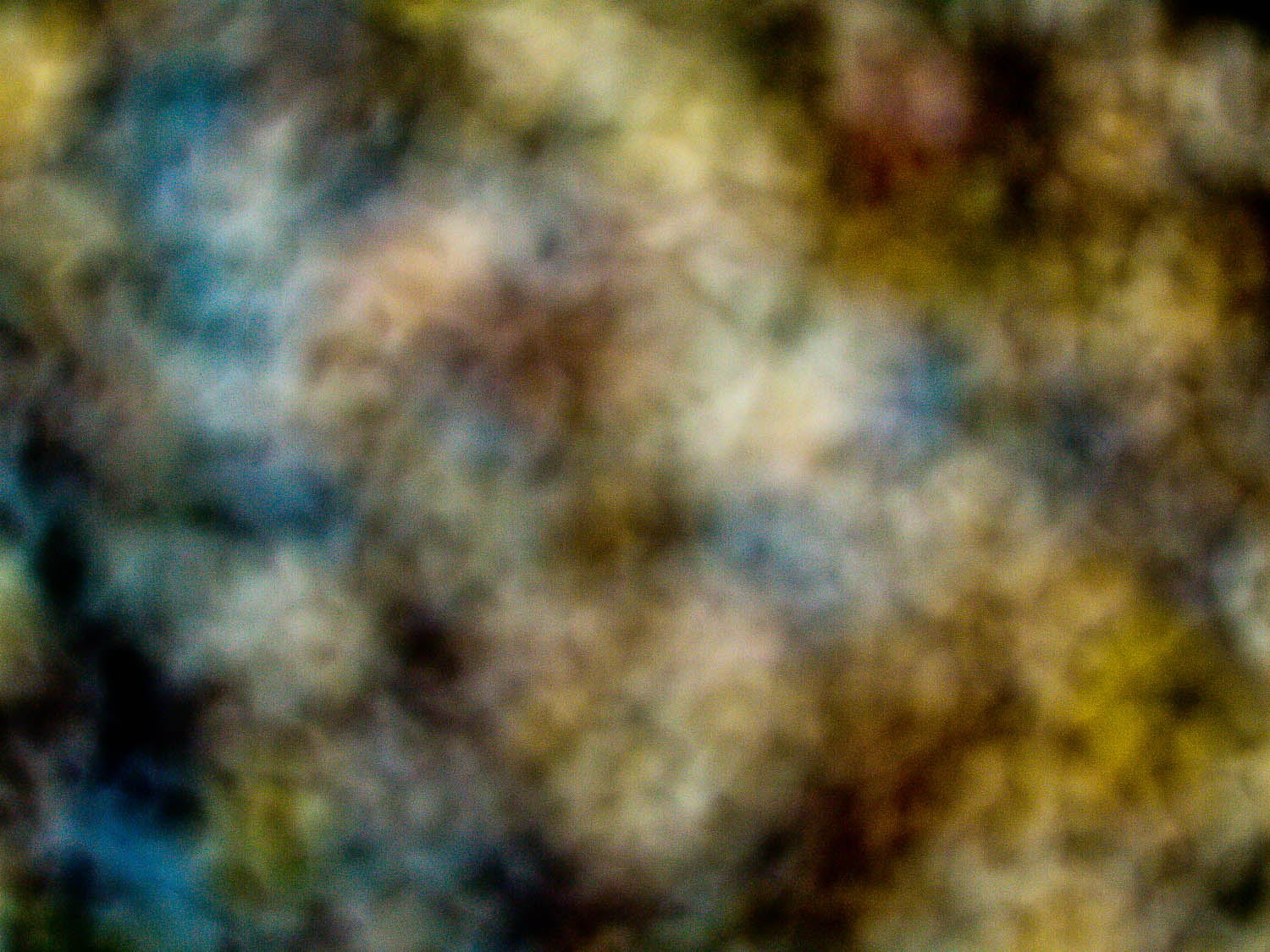Hi everyone:
I've got pictures in a couple of threads to show this and have got some good response - so I've started this thread where similar images can be posted.
A few ideas on the rules might be:
Pictures of bokeh only - no in focus image (but some might object to that)
The objective is to see as many nuances that the design and construction of the lens can bring to the table. It's obvious to do it on this forum because M4/3 lets you use most lenses ever made.
As these images are mostly abstract in nature, I think post processing should be allowed to go wild, with out changing the original structure of the bokeh. Severe cropping helps, so does lots of noise.
Here are a couple to get things going.
Keith


I've got pictures in a couple of threads to show this and have got some good response - so I've started this thread where similar images can be posted.
A few ideas on the rules might be:
Pictures of bokeh only - no in focus image (but some might object to that)
The objective is to see as many nuances that the design and construction of the lens can bring to the table. It's obvious to do it on this forum because M4/3 lets you use most lenses ever made.
As these images are mostly abstract in nature, I think post processing should be allowed to go wild, with out changing the original structure of the bokeh. Severe cropping helps, so does lots of noise.
Here are a couple to get things going.
Keith












